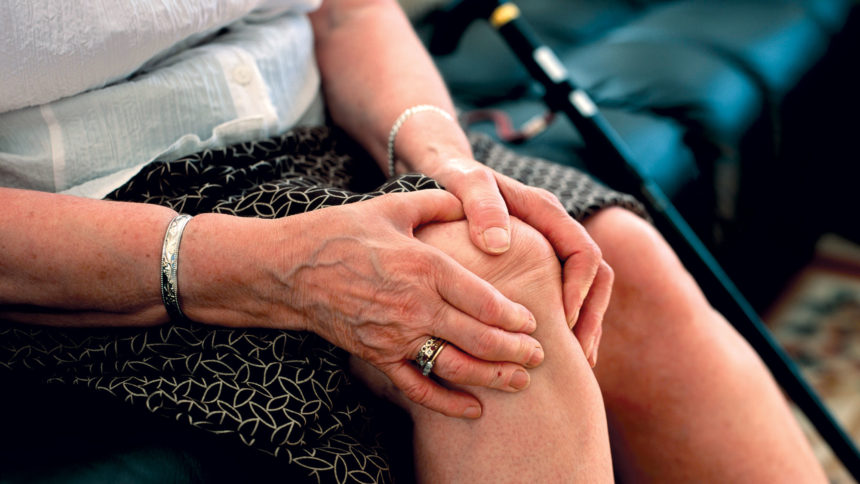
The elimination of pain is not a safe, realistic goal for nursing home residents, according to the authors of a new pain management review and guide.
An interdisciplinary team that provides person-centered care is necessary to best manage the challenges of chronic pain in these settings, they propose in the article, published Wednesday in JAMDA.
The facility medical director, administrators and other key staff members require a multi-pronged approach to handle this highly prevalent issue for which there currently are no defined guidelines, wrote senior author Rebecca Elon, M.D., of Johns Hopkins University Medical School, in Baltimore.
Even the best, multimodal treatment strategies may be only 30% effective, she and her co-authors cautioned. Medical complexity, functional disability and frailty may make it difficult to balance appropriate pain management in these settings, they wrote. Challenges include ambiguous directions for therapeutic interventions, lack of guidance on treatment duration, and limited options, they added.
The new article offers interdisciplinary clinical teams an up-to-date, evidence-based perspective of recent changes and challenges that may affect how they prescribe and deprescribe various pain medications.
Non-pharmacologic therapies are underutilized in nursing homes, despite being recognized as the preferred first steps for mild pain, the authors found. When pain is moderate to severe, non-opioid drugs added to these non-pharmacologic therapies may increase overall effectiveness, the authors propose. And as a last resort, opioids — preferably short-acting — should be used, and not necessarily avoided completely, they said.
Because even the best pain management practices may have limited success, managing residents’ expectations is part of the process, they added.
“Clinicians are encouraged to engage residents in proactive strategies in managing their pain, and to set realistic expectations toward improving their quality of life, as complete elimination of pain is not feasible in most cases” and can even result in harm, they concluded.
Detailed suggestions can be found here.



